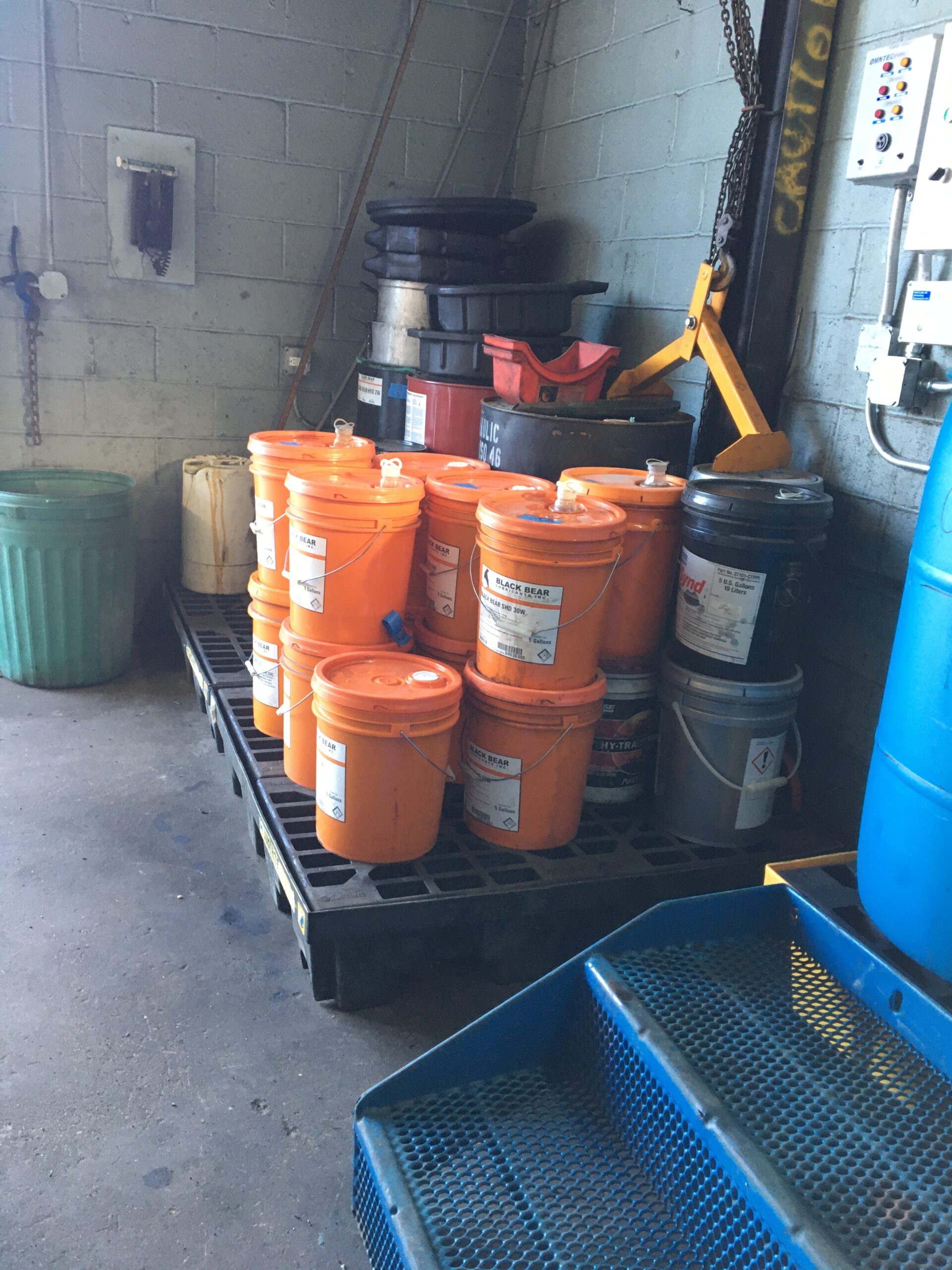Restricted Storage of Chemical and Petroleum Products—Article 7 (Suffolk County, NY)
Owners of commercial and industrial facilities located in Suffolk County, New York that store chemical and petroleum products must be aware of the requirements imposed by Article 7 of the Suffolk County Sanitary Code for “Water Pollution Control.” The goal of Article 7 is to protect Long Island drinking water from potential contamination related to the storage, handling, or use of restricted toxic or hazardous materials. For facilities located within a protected groundwater area, this means restrictions or additional requirements may apply to facility operations, including limitations on the facility chemical and petrochemical storage amounts.
When Does Article 7 Apply for a Facility?
Facilities that are located within a sensitive Groundwater Management Zone and plan to, or already are, storing restricted toxic or hazardous materials, as defined under Article 7, shall be required to obtain a permit, unless otherwise exempt with the Suffolk County Department of Health Services (SCDHS) requirements. A facility that operates without a required permit may receive an order from SCDHS for corrective actions, be shut down, or have its material embargoed.
What Types of Facilities Does Article 7 Apply To?
Article 7 is applicable to various types of facilities, such as fueling stations, laundromats, dry cleaners, mechanic shops, and other industrial/commercial facilities. Examples of some of the materials included in the Article 7 restricted toxic or hazardous materials list include, but are not limited to, roadway deicing salt, products containing petroleum distillates, and lead. Therefore, if your facility stores materials such as cleaning products, motor oil, roadway de-icing salt, diesel, and other similar products, you may be required to obtain a permit and Article 7 may apply to your facility.
What Restrictions Does Article 7 Place on Facility Operations?
A key aspect of the application of Article 7 on a facility storage permit is the limitation on the amount of restricted toxic or hazardous materials that may be stored at a facility. The allowable storage amount is based on the square area of the facility and may not exceed 250 gallons or 0.0125 gallons per square feet, depending on whether the area of the facility exceeds 20,000 square feet or not. This rule is applicable to all forms of storage, including retail sized or portable containers, so this requirement is not just limited to facilities with greater bulk storage, such as chemicals and petrochemicals held within aboveground or underground storage tanks.
What Is Involved in Getting a Permit with SCDHS?
To obtain a permit, engineering drawings must be produced and are required to show the layout of the facility, identify the material being stored, the type of storage, where it is located throughout the facility, secondary containment (if applicable), and any other protective systems such as overfill alarms, leak detection, etc. Owners, tenants, and occupants of industrial facilities may be required to install monitoring systems, such as groundwater monitoring wells, both upgradient and downgradient of the groundwater flow direction.
Need Help?
Are you aware of if or how these requirements may affect your business? Unsure of how to obtain a permit? Contact one of Walden’s many experts who handle regulatory requirements in Suffolk County and throughout New York State at 516-271-1948.

Read more about Walden’s regulatory program compliance services here, and contact us at 516-271-1948 to learn more.
